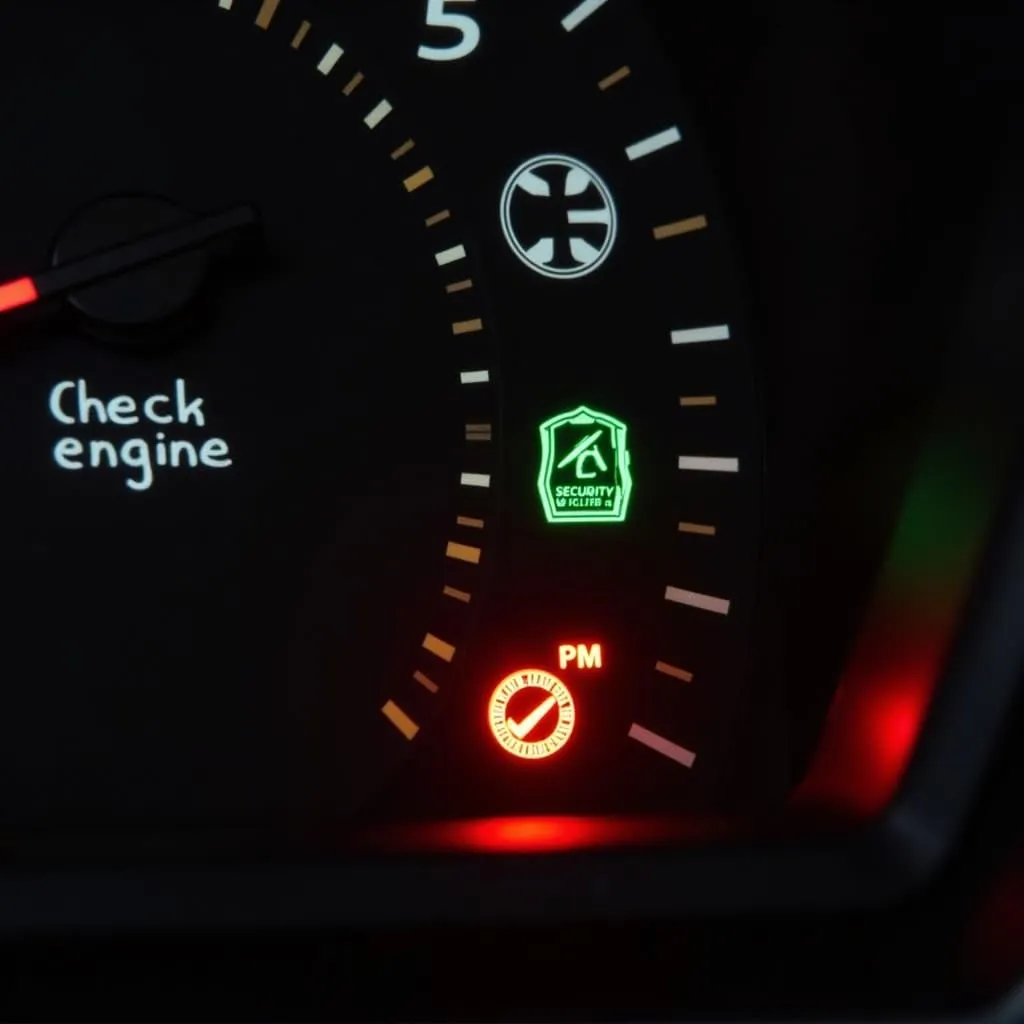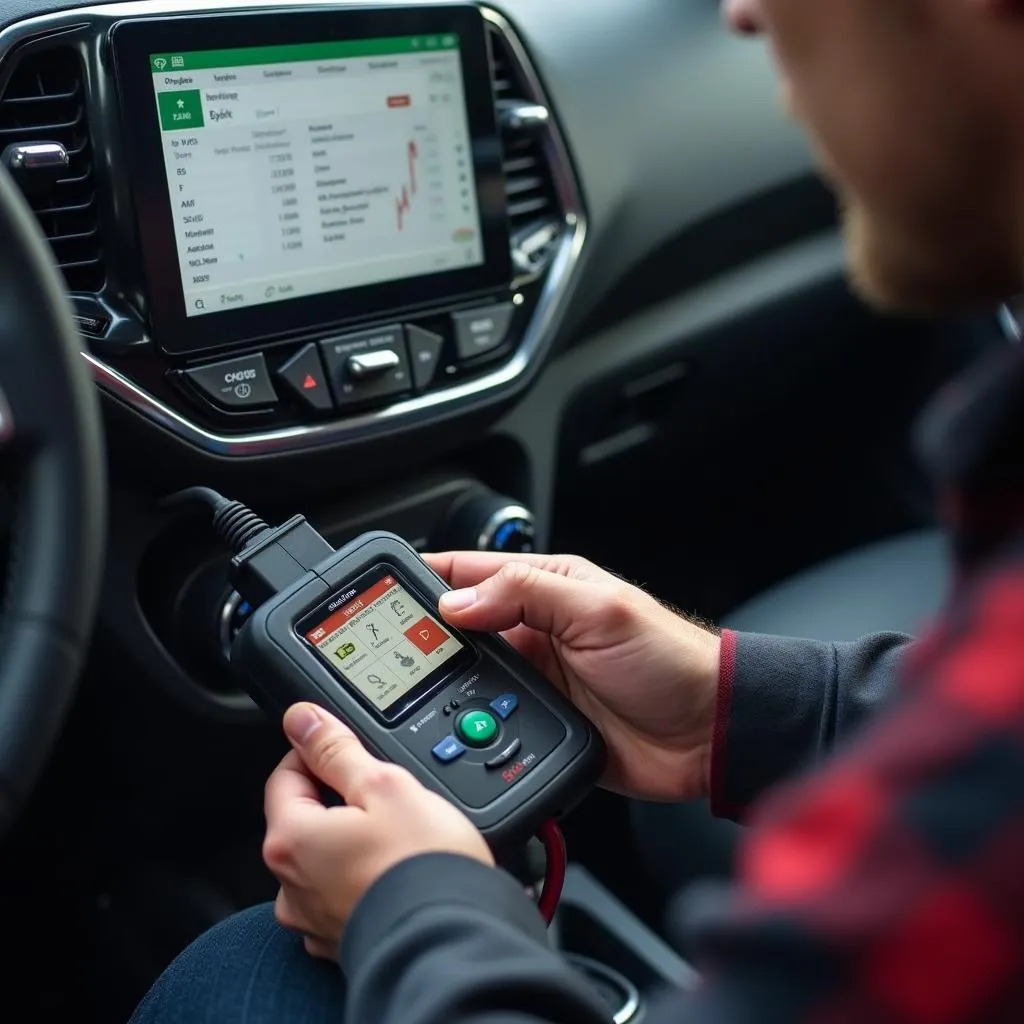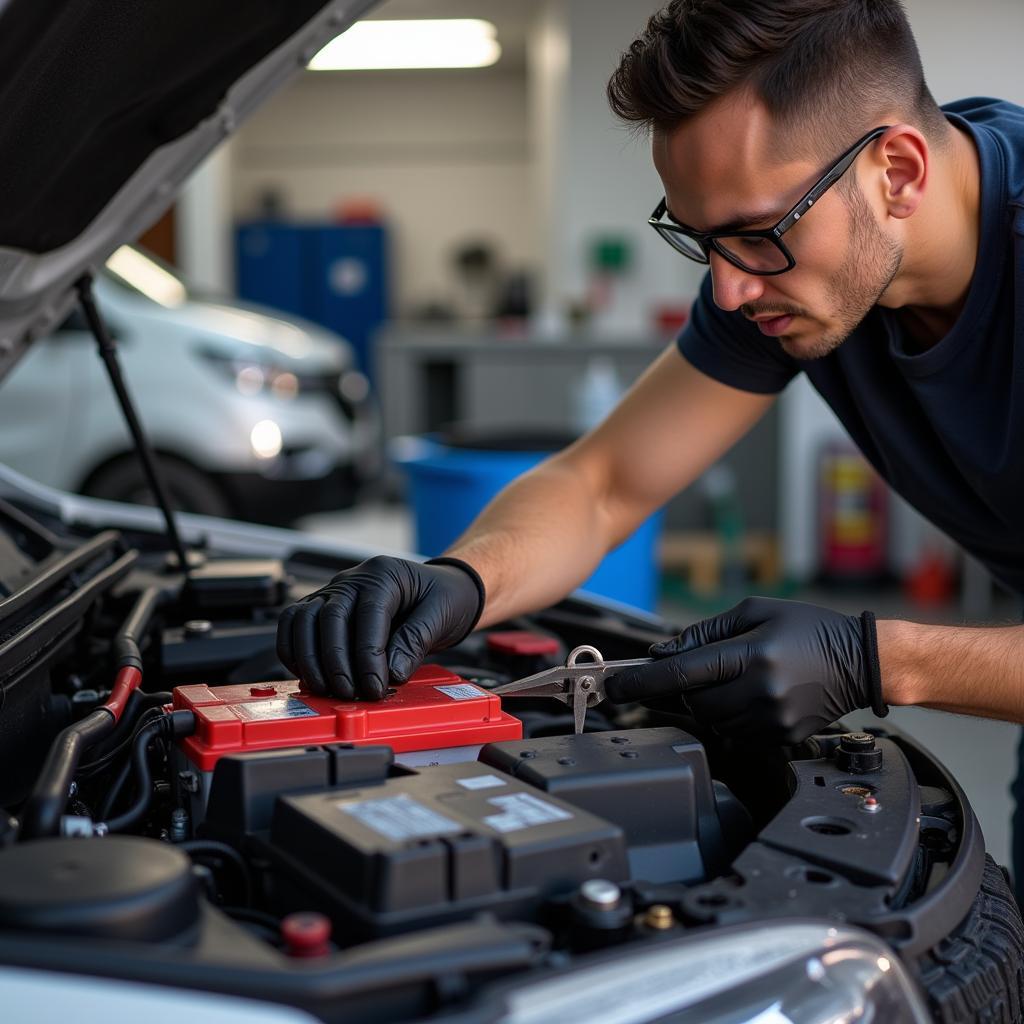A malfunctioning Passlock system can be a major inconvenience, often leaving you stranded with a car that refuses to start. This guide provides a detailed walkthrough on how to deactivate your Passlock anti-theft system.
Understanding the Passlock System
The Passlock system is an anti-theft measure used in GM vehicles to deter theft by disabling the fuel injection system or starter motor if the correct key is not used. While generally reliable, the Passlock system can malfunction, leading to frustrating starting problems.
Recognizing Passlock System Issues
Several signs point to a potential Passlock system problem:
- Security Light: A flashing or illuminated security light on your dashboard while driving or when attempting to start the vehicle is a primary indicator.
- Cranks but Won’t Start: The engine cranks but doesn’t start, suggesting a possible fuel blockage due to the Passlock system.
- Intermittent Starting: Experiencing intermittent issues starting your vehicle, especially on colder days or after short trips.
Equipment Needed for Deactivation
- Code Reader: Essential for retrieving trouble codes related to the Passlock system, helping pinpoint the exact issue.
- Basic Hand Tools: Might be needed for accessing the ignition cylinder or related components.
- Passlock Bypass Module (Optional): In some cases, installing a bypass module might be a more permanent solution, particularly for recurring issues.
 Car dashboard with illuminated warning lights
Car dashboard with illuminated warning lights
Deactivating the Passlock System
Important: Before attempting any of these steps, always disconnect the negative battery cable to prevent electrical mishaps.
While completely deactivating the Passlock system without specialized equipment is difficult, these steps might help resolve common issues:
- Code Retrieval and Diagnosis: Connect your code reader to the vehicle’s OBD-II port, typically located under the dashboard on the driver’s side. Retrieve any stored codes related to the Passlock system. Common codes include B1001, B1002, B1003.
- Battery Reset: Sometimes, a simple battery reset can resolve temporary glitches in the Passlock system. Disconnect the negative battery cable for about 15-20 minutes, then reconnect.
- Ignition Cylinder Relearn: If the issue persists, performing an ignition cylinder relearn procedure might be necessary. This process involves leaving the key in the “on” position for a specific duration to allow the Passlock system to relearn the resistance of the ignition cylinder. Consult your vehicle’s repair manual for the specific relearn procedure for your make and model.
- Professional Assistance: For persistent issues or complex repairs, seeking help from a qualified automotive electrician is highly recommended. They have the expertise and specialized tools to diagnose and repair intricate electronic systems like the Passlock.
 Mechanic diagnosing car problems using an OBD2 scanner
Mechanic diagnosing car problems using an OBD2 scanner
Frequently Asked Questions
- Can I disable Passlock permanently? Permanently disabling the Passlock system requires specialized knowledge and equipment and is not generally recommended due to security concerns.
- What if the relearn procedure doesn’t work? If the relearn procedure fails, it could indicate a more serious issue with the ignition cylinder, key, or the Passlock module itself, requiring professional attention.
- Are there aftermarket bypass modules available? Yes, several aftermarket bypass modules are available, but ensure you choose one that is compatible with your vehicle’s make and model.
Need Further Assistance?
Encountering persistent car starting problems or require expert diagnostics? Connect with Cardiagtech, a leading provider of advanced automotive diagnostic solutions and services.
This information is intended for general knowledge purposes only and should not be considered a substitute for professional advice. Always refer to your vehicle’s service manual and seek assistance from a qualified technician for any repairs or diagnostics.


